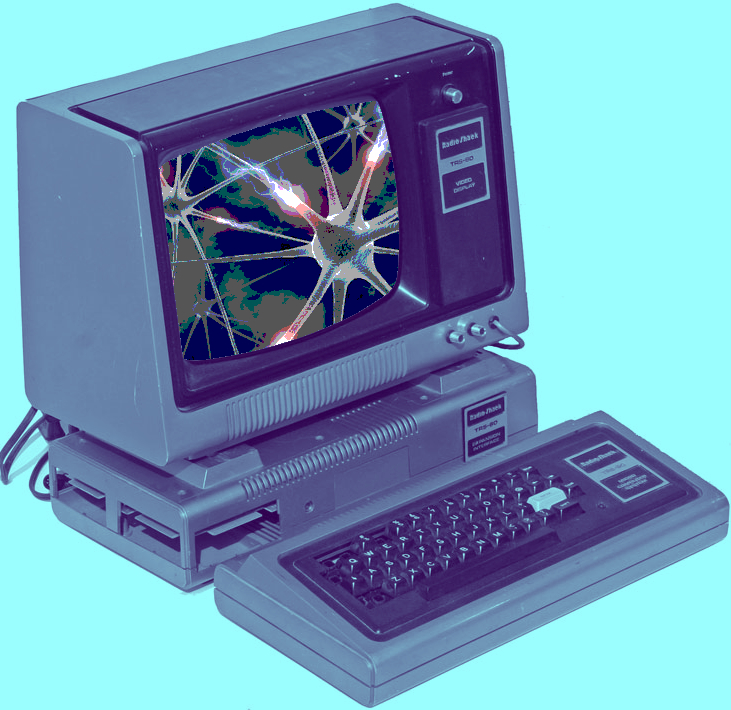Novel neurons for brain-like bonds
 Swedish scientists have built a neuron using organic bioelectronics.
Swedish scientists have built a neuron using organic bioelectronics.
The artificial neuron contains no ‘living’ parts, but is capable of mimicking functions of a human nerve cell and communicating in the same way as our own neurons do.
Neurons - the basic building blocks of the nervous system - are isolated from each other in the brain, and communicate with the help of chemical signals called neurotransmitters.
Inside a neuron, these chemical signals are converted to an electrical signal, which travels along the axon of the neuron until it reaches the end. At the synapse, the electrical signal triggers the release of chemical signals, which relay the signal to the next nerve cell.
Normally, electrical impulses are used to stimulate neurons, but a team at Sweden’s Karolinska Institutet have created an organic bioelectronic device that is capable of receiving chemical signals, which it can then relay to human cells.
The new technique makes it possible to stimulate neurons based on specific chemical signals received from different parts of the body. In the future, this may help physicians to bypass damaged nerve cells and restore neural function.
“Our artificial neuron is made of conductive polymers and it functions like a human neuron”, says lead investigator Agneta Richter-Dahlfors, professor of cellular microbiology.
“The sensing component of the artificial neuron senses a change in chemical signals in one dish, and translates this into an electrical signal. This electrical signal is next translated into the release of the neurotransmitter acetylcholine in a second dish, whose effect on living human cells can be monitored.”
The research team hope that their innovation, presented in the journal Biosensors & Bioelectronics, will improve treatments for neurological disorders that currently rely on traditional electrical stimulation.
While it is exciting work, the Swedish development is really just a baby step towards true artificial neurons.
Real neurons have a range of vital functions that the new device does not perform.
Our neurons can integrate signals from many different synapses, generate new synapses, and strengthen, weaken and kill off existing synapses.
Furthermore, neurotransmitter release is regulated by extremely complex mechanisms and timing of the release of chemical signals is incredibly important, but not present in the artificial neuron.
One of the most obvious hindrances at this stage is the size, as the artificial neuron is thousands of times larger than its biological counterpart.
“Next, we would like to miniaturise this device to enable implantation into the human body”, says Agneta Richer-Dahlfors.
“We foresee that in the future, by adding the concept of wireless communication, the biosensor could be placed in one part of the body, and trigger release of neurotransmitters at distant locations.
“Using such auto-regulated sensing and delivery, or possibly a remote control, new and exciting opportunities for future research and treatment of neurological disorders can be envisaged.”
More details on the project are available in the video below:







 Print
Print